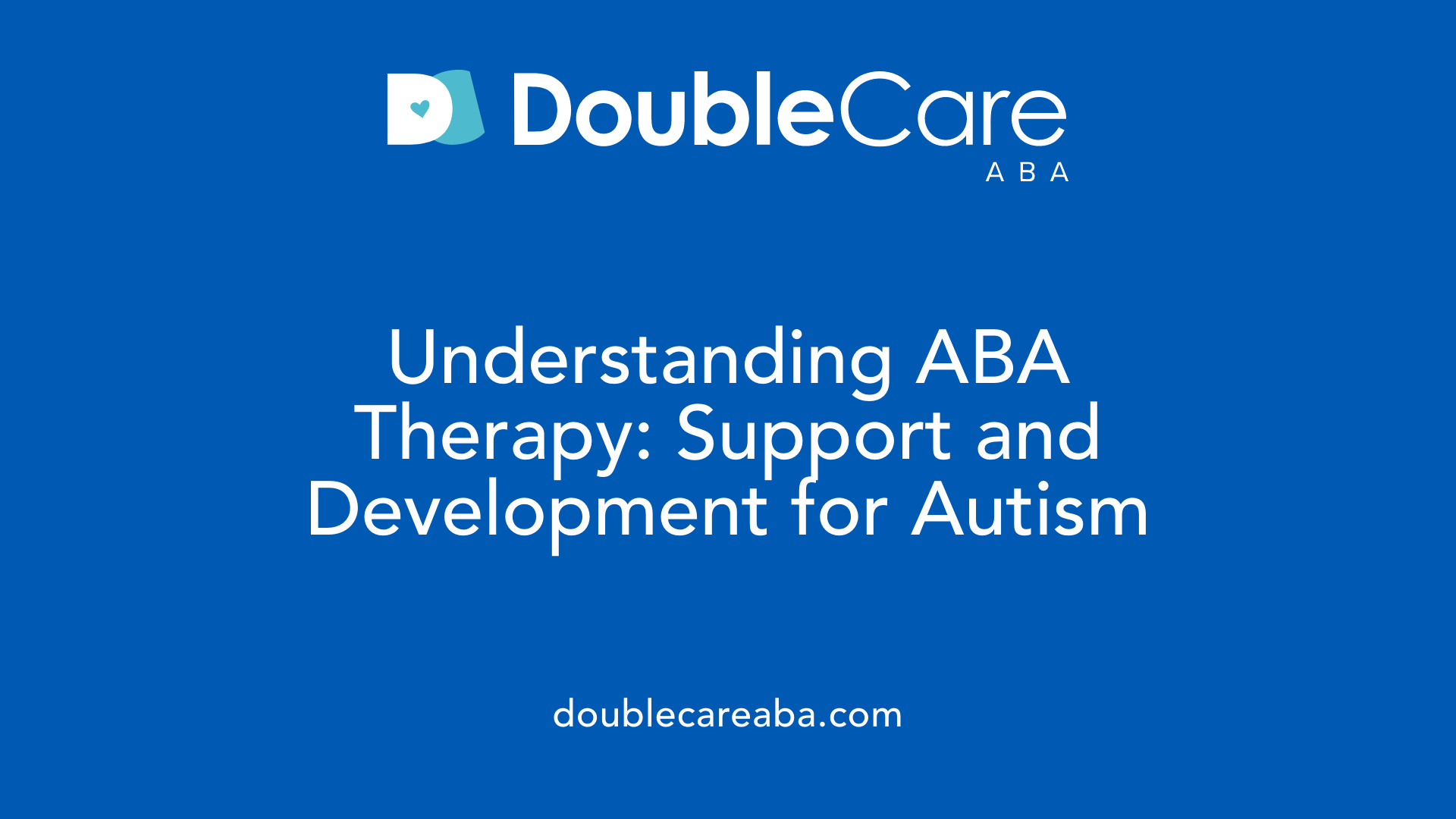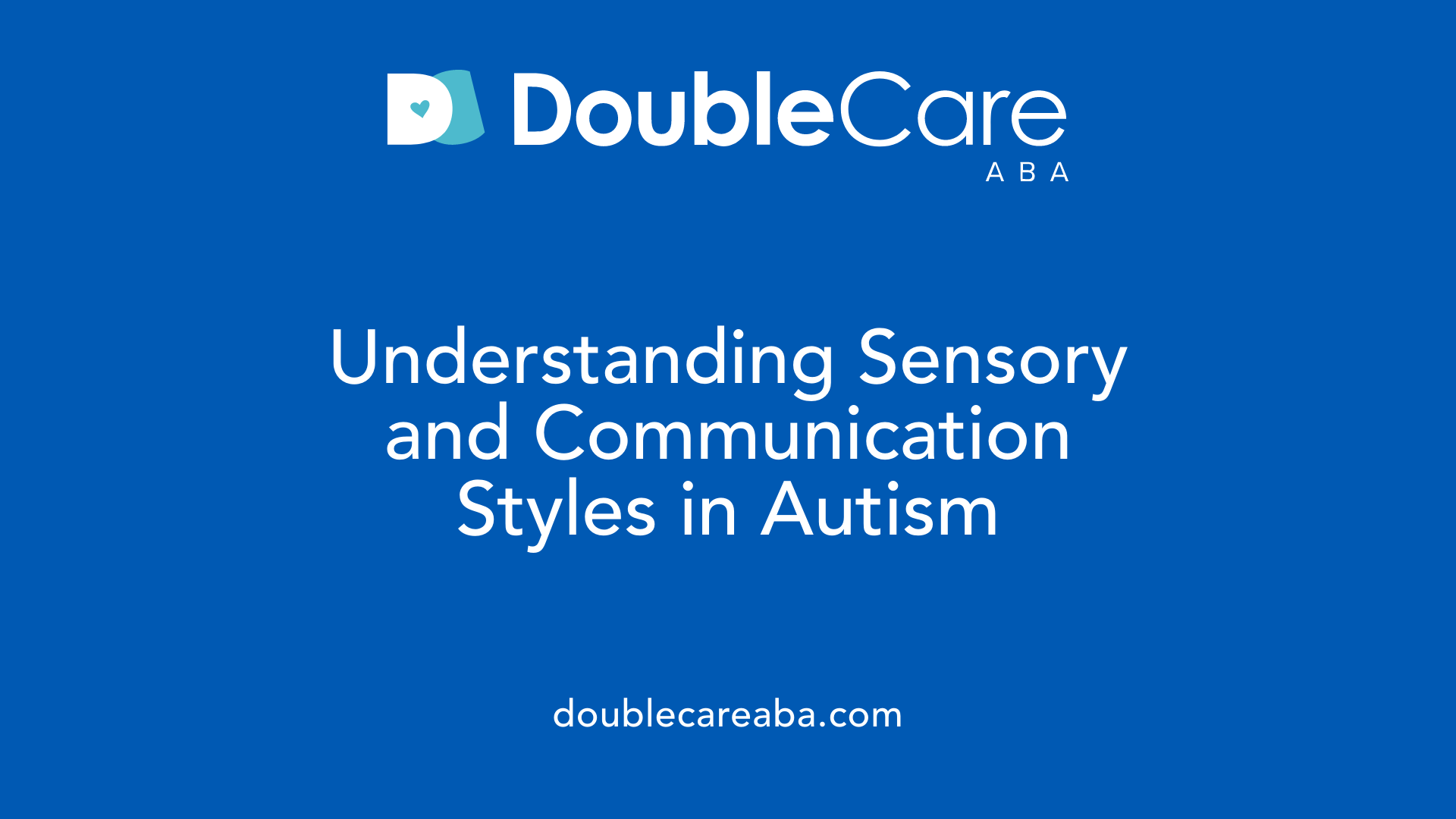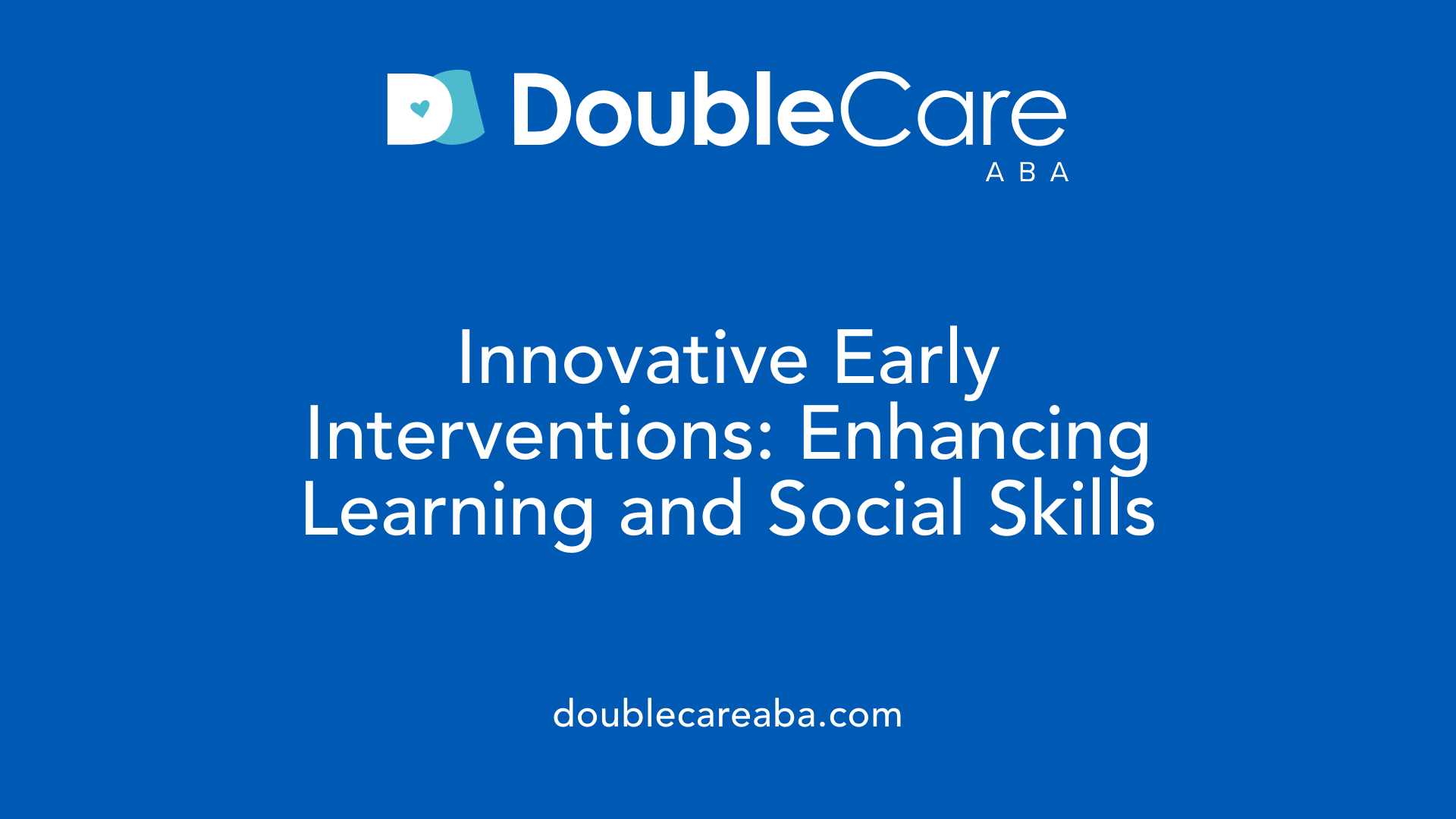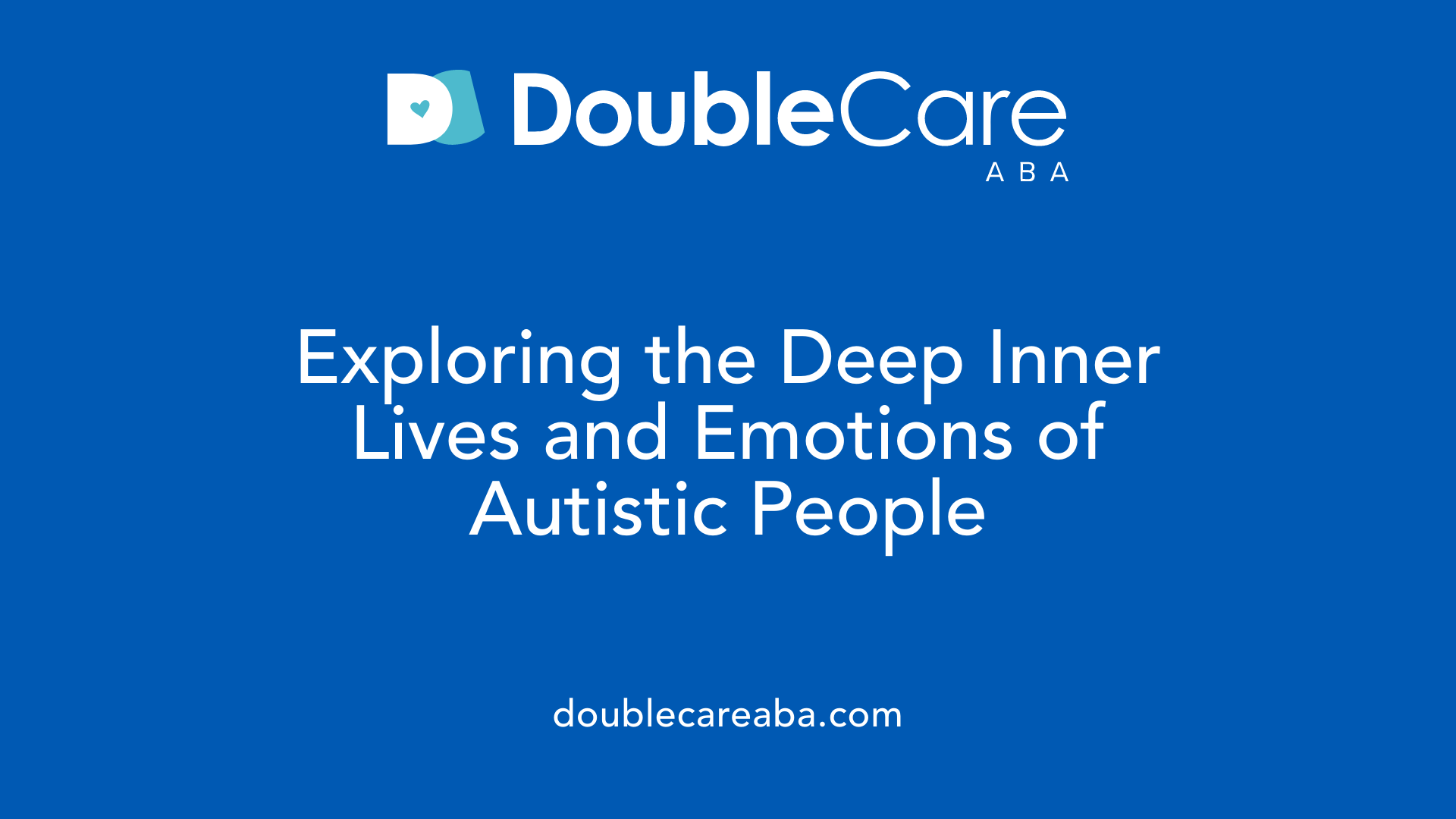Autism Quotes
Voices on the Spectrum: Insights and Inspirations from the Autism Community

Understanding Autism Through the Words of Those Who Know It Best
Autism is a diverse and complex spectrum, experienced and expressed uniquely by each individual. This article draws upon poignant quotes and insights from autistic advocates, researchers, and practitioners, shedding light on autism's many facets. It explores behavioral therapy approaches like Applied Behavior Analysis (ABA), the strengths and challenges faced by autistic individuals, and the importance of respect, individuality, and identity in autism support and understanding.
What is ABA Therapy and Its Role in Supporting Individuals with Autism?

What is Applied Behavior Analysis (ABA) therapy and how does it support individuals with autism?
Applied Behavior Analysis (ABA) therapy is a scientific approach that applies principles of learning and behavior to help individuals with autism improve essential life skills. Its primary goal is to increase positive behaviors such as communication, social interaction, and independence while reducing behaviors that might interfere with learning or daily functioning.
ABA therapy customizes its techniques by breaking complex skills into manageable steps, using consistent positive reinforcement to encourage progress. Data is continuously collected and analyzed to tailor interventions that suit each individual's unique needs. Early and intensive ABA therapies have been shown in research to significantly enhance communication, social skills, and daily living capabilities, aiding greater autonomy.
How ABA is individualized
ABA programs are designed specifically for each person receiving therapy. Licensed professionals, including Board Certified Behavior Analysts (BCBAs), oversee assessment and plan development. The interventions focus on areas such as language acquisition, self-care, academic learning, and managing behaviors hindering development. Therapeutic approaches are flexible, adapting as the individual's skills evolve.
Benefits and research supporting ABA
Extensive research supports ABA’s effectiveness, particularly when begun early in childhood. Positive outcomes include improved communication abilities, better social engagement, and greater functional independence. These advancements help individuals with autism participate more fully in family and community life.
Who provides ABA services
ABA therapy is delivered by qualified professionals such as BCBAs, registered behavior technicians, and trained therapists supervised by BCBAs. These specialists implement evidence-based behavioral strategies through community agencies or dedicated treatment organizations. Family collaboration and training are important components, enhancing consistency and progress across settings.
ABA therapy duration and factors influencing length
The typical ABA therapy duration ranges from 3 to 5 years, varying according to factors like the child’s age, individual needs, and response to intervention. Sessions may occur 2 to 5 times per week, totaling between 10 and 40 hours. Therapeutic goals center on mastering skills that sustain across environments, with ongoing assessments guiding duration and intensity.
Controversies and criticisms surrounding ABA
Despite its documented benefits, ABA therapy faces criticisms from some autism advocates and neurodiversity proponents. Concerns include historical use of aversive techniques, rigidity in some programs, and the risk of prioritizing conformity over autistic identity. Critics note that ABA can sometimes pressure individuals to mask or suppress natural behaviors, potentially causing emotional distress.
Modern ABA practice emphasizes person-centered, ethical approaches aimed at improving quality of life without erasing individuality. Efforts continue to evolve the therapy to respect autistic autonomy and reduce concerns of trauma or identity loss.
| Aspect | Description | Additional Details |
|---|---|---|
| Definition | ABA is a behavior-based therapy to increase positive behaviors and reduce harmful ones | Uses reinforcement, prompting, and data-driven adjustments |
| Individualization | Tailored interventions led by BCBAs suited to each individual's needs | Interventions focus on communication, social skills, daily living |
| Providers | Services delivered by BCBAs, therapists, and registered behavior technicians | Supervision by credentialed professionals within specialized agencies |
| Duration | Usually 3–5 years with 10–40 hours weekly based on needs | Guided by assessments and progress towards goals |
| Research and Benefits | Supported by extensive studies showing positive developmental outcomes | Particularly effective when started early |
| Criticisms | Concerns over historic methods, rigidity, emotional impact, and identity masking | Contemporary ABA focuses on ethical, individualized support |
Recognizing Autism as a Unique Ability and Celebrating Individuality

How Is Autism Viewed as a Different Ability Rather Than a Disability?
Many advocates emphasize seeing autism through a strengths-based lens. Stuart Duncan, for instance, stresses that autism represents a different ability rather than a disability, urging society to appreciate unique skills rather than focus on limitations.
What Do Advocates Say About Valuing Individual Achievements?
Figures like Kerry Magro and Haley Moss highlight the importance of recognizing individual achievements. They point out that although developmental milestones may occur differently, small victories and personal successes are significant and deserve celebration.
Why Is It Important to Respect Autistic Diversity and Validation?
Jeanette Purkis explains that autistic people are diverse, with no single profile that fits all. Respecting this diversity and offering validation helps foster acceptance and a sense of belonging.
How Do Autistic Individuals Define Their Own Identity?
Autistic individuals often prefer to define autism on their own terms, focusing on personal identity over labels. Kerry Magro encourages this self-definition as a way to reinforce autonomy and self-understanding.
What Does Creativity and Independence Look Like for Autistic People?
Dr. Temple Grandin describes how many autistic individuals create their own 'boxes'—unique ways of being that reflect creativity and independence. This highlights the rich individuality within the spectrum.
This perspective collectively shifts focus from perceived limitations to the celebration of uniqueness, achievements, and rich internal worlds of autistic individuals.
Sensory Experiences and Communication Styles in Autism

How do sensory sensitivities impact individuals with autism?
Many autistic individuals experience heightened sensory sensitivities that affect how they interact with the world. Processing multiple sounds at once, for example, can be overwhelming, leading to stress or sensory overload. This heightened sensory experience influences not only comfort but also the ability to learn and communicate effectively.
Are certain behaviors responses to sensory overload?
Behaviors such as crying, screaming, or hitting are often expressions of sensory overload or emotional stress rather than deliberate actions. These behaviors are natural responses as autistic individuals seek support and relief in overwhelming situations.
How is eye contact related to sensory regulation?
Avoiding eye contact can serve as an important sensory regulation strategy. Since direct gaze may increase sensory input and anxiety, many autistic people use looking away as a way to maintain emotional equilibrium and reduce stress.
What communication methods are common among autistic individuals?
Communication among autistic individuals is diverse and often tailored to personal preferences. Some may be non-verbal yet engage deeply through listening and thinking, while others may rely on visual thinking, fewer vocal inflections, or alternative communication styles. Visual learning is particularly strong for some, providing a rich mode of understanding.
How do sensory-based cognition and visual thinking manifest?
Many autistic people think in pictures, smells, and tactile experiences rather than just words. This sensory-based cognition forms the foundation of their thought processes. The autistic mind often creates complex, patterned webs of thought, reflecting a rich internal landscape that can differ widely from neurotypical modes of thinking.
The combined effects of sensory sensitivities and unique communication styles illustrate the importance of patience, clear explanations, and personalized approaches for facilitating learning and social interaction.
| Aspect | Description | Impact |
|---|---|---|
| Sensory Overload | Overwhelming input from multiple sensory sources (sounds, sights) | Can cause stress, meltdowns, and challenging behaviors |
| Behaviors as Responses | Crying, screaming, hitting linked to sensory/emotional distress | Signals need for support, not intentional misbehavior |
| Eye Contact | Avoidance as a sensory regulation strategy | Helps manage anxiety and sensory input |
| Communication Styles | Includes non-verbal communication, visual thinking, tailored speech patterns | Reflects individual preferences and strengths |
| Sensory-Based Cognition | Thinking in pictures, smells, tactile sensations | Produces rich, complex mental patterns unique to autistic minds |
Innovative Therapies and Early Intervention Enhancing Learning and Social Skills

Brain-Body Training Tools Like BrainBeat and Interactive Metronome
BrainBeat and Interactive Metronome are advanced brain-body therapies designed to support children with autism in improving cognitive and motor skills. Particularly, Interactive Metronome has research backing from prestigious institutions like Harvard and Northwestern University and is utilized by over 40,000 clinicians globally. These tools focus on enhancing synchronization between brain and body functions, which is crucial for learning and social interaction.
Benefits of Neurotiming and Neural Network Synchronization
At the heart of these therapies is neurotiming—the precise scheduling of neural activity that controls processing speed and coordination. Improving neurotiming and neural network synchronization helps children with autism process information more efficiently, supports better communication, and aids in smoother social engagement. These benefits target foundational aspects of learning and behavior.
Importance of Early Intervention for Positive Outcomes
Early intervention remains a cornerstone for favorable developmental trajectories in children with autism. Customized approaches tailored to individual learning styles, as advocated by experts like Dr. O. Ivar Lovaas, have shown considerable success. Early therapies can leverage a child’s unique strengths and address areas requiring support, thereby fostering independence and skill acquisition from a young age.
Tailoring Interventions Based on Individual Learning Styles
Each child on the spectrum learns differently. Effective therapy considers sensory preferences, communication modes, and cognitive processing styles. For example, children with high visual learning abilities may benefit from visual supports, while others might need structured routines to maintain stability. Individualized educational strategies ensure that interventions resonate with each child's way of understanding the world.
Role of Routines and Structured Environments
Structured routines offer comfort and predictability, which are vital for many autistic individuals. Consistency in the environment helps reduce anxiety caused by unexpected changes and sensory overload. Incorporating routines into therapy and daily life supports emotional regulation and encourages skill development in a familiar and supportive context.
How Can Parents Identify if ABA Therapy Is Suitable for Their Child with Autism?
Parents should collaborate with healthcare professionals and Board Certified Behavior Analysts (BCBAs) to evaluate if ABA therapy fits their child's unique needs. Comprehensive assessments analyze a child’s behaviors, developmental level, and responsiveness to structured interventions. Tools like the Patient Outcome Planning Calculator (POP-C) assist in determining suitable treatment intensity. When goals involve improving communication, social skills, and independence, and observable behaviors can be targeted, ABA may be an appropriate choice. Open discussion about expectations and continuous monitoring ensure therapy aligns with both clinical and family priorities.
The Rich Inner World and Emotional Experiences of Autistic Individuals

How do autistic individuals describe their internal mental life?
Autistic minds often weave complex, patterned webs of thought, revealing a rich and intricate internal world. This complexity showcases unique ways of perceiving and understanding the environment, emphasizing individual creativity and cognitive depth.
What happens during emotional meltdowns?
During meltdowns, intense emotional and physical sensations overwhelm autistic individuals, leading to confusion and challenges in social appropriateness. These experiences can create feelings of being trapped, as emotional regulation becomes exceptionally difficult amid sensory overload.
What challenges do autistic people face with social expectations?
Common social behaviors may be misunderstood; for example, behaviors like avoiding eye contact or different ways of looking at others are often misread. Such misunderstandings highlight how autistic individuals navigate social norms differently and why standard expectations can feel confusing or imposing.
Why is patience and clear communication important?
Clear, concise explanations combined with patience significantly reduce anxiety and support learning for autistic individuals. Responding thoughtfully to questions helps create a supportive environment where autistic people can engage more comfortably and confidently.
How can we support autistic people authentically?
Supporting autistic individuals requires validating their experiences and respecting their unique ways of processing the world. Authentic support means accepting diverse communication styles, acknowledging sensory sensitivities, and embracing the individuality that defines each person's autism journey.
Embracing Autism with Insight and Compassion
The voices and experiences shared by autistic individuals and experts reveal a vibrant and diverse spectrum that defies stereotypes and encourages respect for individuality. Applied Behavior Analysis therapy remains a crucial, though sometimes debated, tool for supporting development tailored to each person’s needs. Embracing autism as a different ability highlights the importance of valuing unique strengths and perspectives, while recognizing sensory, communicative, and emotional complexities. Through innovative therapies, early intervention, and a patient, respectful approach, society can foster environments where autistic individuals thrive and express their authentic selves. Understanding autism from these varied viewpoints enriches our collective knowledge, promoting inclusion, empathy, and empowerment across communities.
References
- Autism Quotes for Parents | BrainBeat Help for Kids with Autism
- 24 quotes from autistic individuals
- Children's Autism Program | Texas Health and Human Services
- Applied Behavior Analysis (ABA)
- A Tool for Determining Treatment Dosage in Applied ...
- Applied Behavior Analysis (ABA)
- The Controversy Around ABA
- Concerns About ABA-Based Intervention: An Evaluation ...
















